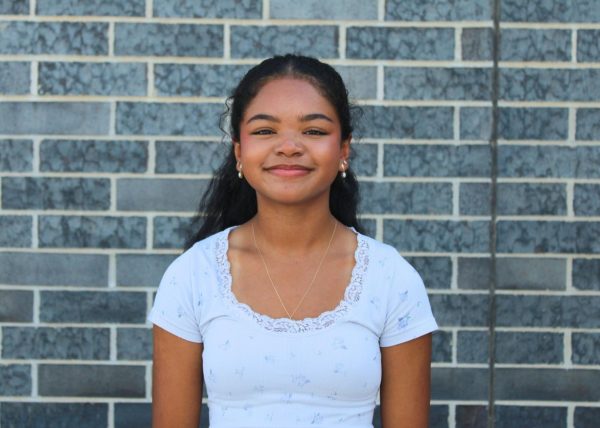Disney has long been regarded as the gold standard of movies, the epitome of imagination and storytelling that has defined childhoods for generations. From fairy-tale princesses to daring adventures, their movies have brought wonder and magic to not just kids, but families for generations.
“I grew up watching Disney movies, especially the princess ones,” sophomore Morgan Malik said. “I dressed up as them all the time.”
I remember the Halloween after Frozen came out, where every other girl was either Elsa or Anna. Today, we just don’t see the same response to Wish or Raya and the Last Dragon.
Over the past few years, Disney’s once ground-breaking animation studio seems to have lost its magic. The company has shifted focus to big-budget live-action remakes and sequels that largely fail to resonate with audiences.
Released on Thanksgiving, Moana 2 is no exception. With its lackluster soundtrack, awkward pacing, and large cast of one-note characters, Moana 2 pales in comparison to the 2016 original and barely holds up as a standalone film.
“They keep making sequels for things that don’t need sequels,” Freshman Bea Cruz said. “It’s sad because they just want money.”
The remake/sequel craze isn’t isolated to Disney. In a post-COVID world, nostalgia has become the safest bet for studios chasing profits. Projects like The Garfield Movie, Joker, and It Ends With Us succeed in theaters because familiarity sells. Upcoming films like A Minecraft Movie, Sonic 3, and Snow White are no different.
“I would say movie studios in general, not just Disney, have focused a lot more on sequels, rather than making new ones.” English teacher Colton Schneider said. “And the new ones that they have made, with the exception of a few, seem to be a little rushed, like they didn’t quite develop it. Earlier on, Disney was taking a couple of years to develop movies, and now it seems like these are being spit out one after another.”
However, not all remakes are the same. The recently released Wicked movie proves that revisiting beloved stories can still feel fresh when executed with creativity and respect for the intellectual property (IP).
The problem is that Disney’s priorities have shifted. Profits and shareholder satisfaction now seem to outweigh the creative risks that once defined the company. Ironically, Walt Disney himself was famously opposed to sequels.
“I’m a born experimenter,” Walt Disney said in 1966. “To this day, I don’t believe in sequels. I can’t follow popular cycles, I have to move on to new things.”
It’s hard to imagine Walt being anything but heartbroken with today’s recycled stories.
Encanto was Disney’s last animated project that offered brief glimpses of that old magic, but nothing comparable to past classics. Though Encanto performed fine at the box office, it lacked the breakout success and cultural impact of earlier hits like Frozen or The Lion King.
Despite prioritizing profit over passion, Disney is still struggling. Stocks have fallen, and the company’s net worth continues to shrink. Audiences are growing weary of endless sequels and reheated remakes, no matter how familiar the titles might be.
The solution for Disney’s woes might be simpler than they realize: take creative risks again. Abandon the safety net of sequels and nostalgia-driven remakes. Return to original, imaginative storytelling.
Despite the failure of their latest original films, Wish and Strange World, I refuse to believe the creative minds behind Disney haven’t disappeared—they just need the opportunity to shine with their studio’s full support.
If Disney wants to recapture the magic that made it iconic, it’s time to embrace bold ideas and visionary projects, even if they’re risky. Disney’s magic wasn’t built on playing it safe. Walt Disney himself was known for pushing boundaries and budgets for the sake of his passion projects. Disney CEO Bob Iger needs to return the company to its roots.
“I miss old Disney,” Cruz said. “It just doesn’t have the same magic that it did before.”










